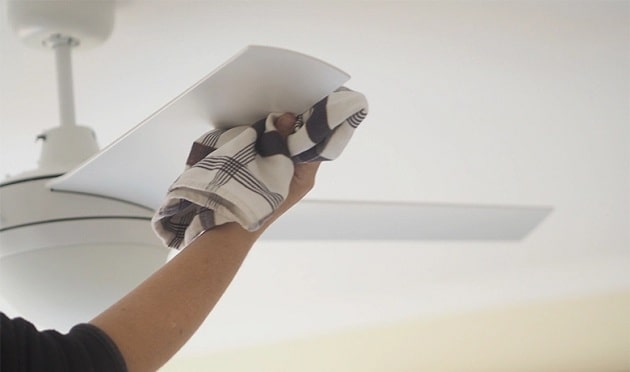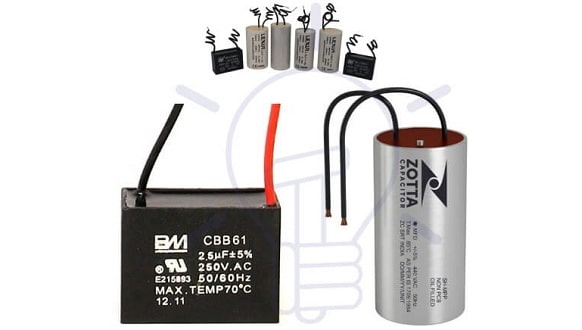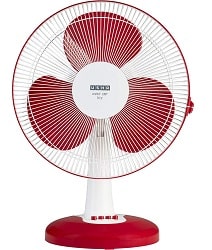A ceiling fan works on a simple mechanism. The motor inside the ceiling fan is powered through AC and then it starts rotating. As the current passes by, the current will create an electromagnet that will push against the permanent magnets built inside the fan.
As you increase the speed through a regular ceiling fan, you are allowing more current to pass through the coils and the fan will rotate at a higher speed. It is similar to small motors that you can find inside the car toys. After a certain period (year or two), ceiling fans don’t offer the optimal speed that they were offering in the past.
Best Ways To Increase Ceiling Fan Speed
These kinds of issues might occur due to several reasons, but we are here with some easy solutions to increase the ceiling fan speed optimally. Let’s have a look –
1. Changing the Ceiling Fan Capacitor
A small capacitor is connected to the ceiling fan that you can find after removing the canopy. This small capacitor is an important part to rotate your fan at the optimal speed. Even, the same capacitor is protecting the fan from issues related to power supply or voltage related issues.
You can buy a similar capacity capacitor from a local electronics shop or buy it online. You can turn off the power supply to the same room from the main power supply and charge the capacitor. Make sure that you install the capacitor into the same spot and do not touch the capacitor wires. The capacitor holds current and touching it can give you a strong shock.
Once you have changed the capacitor, you can enjoy the same speed from the ceiling fan that you were getting in the early days.
2. Cleaning the Fan Blades

After two to three months of using the ceiling fan, you can find that dust start collecting on the surface of the blades. If the dust is just visible around the corners of the blades, it won’t be making any issue. But, if the dust is spread all around the fan and you can find blackness, it is time to clean your ceiling fan.
Instead of removing the fan, you can use a damp cloth to get rid of access dirt. Or, it will be easier to use a clean cloth to get rid of extra dirt. Then, using a liquid solution of soap and water to clean the fan will come in handy. Make sure that you do not apply any pressure and do the whole thing with soft pressure. Once the fan is clean, you can experience a better speed.
3. Using a high power regulator
Using a regular which allow you to increase the speed of your existing ceiling fan might be a great option, but it is risky also. When you are using incompatible regular, you are supplying extra voltage to the ceiling fan and it might affect the lifespan or burn the motor. So, make sure that you do not consider it as the best method to increase speed. If the ceiling fan can hold more voltage, using high power regular in that situation is reliable only.
Bottom Line
In some cases, it is found that most people end up damaging the aerodynamic shape of blades and it affects the rotation as well as stability of the ceiling fan. You can turn on the fan at medium speed and check out whether the fan is rotating on the axis or move out of the axis. If the fan is moving away from the axis, then you can call an electrician to eradicate this problem by fixing the shape related issues of blades.

Santosh Kumar is an editor at unfoldstuffs.com and a professional content writer. With years of experience he is passionate for creating engaging, informative and impactful topics.









